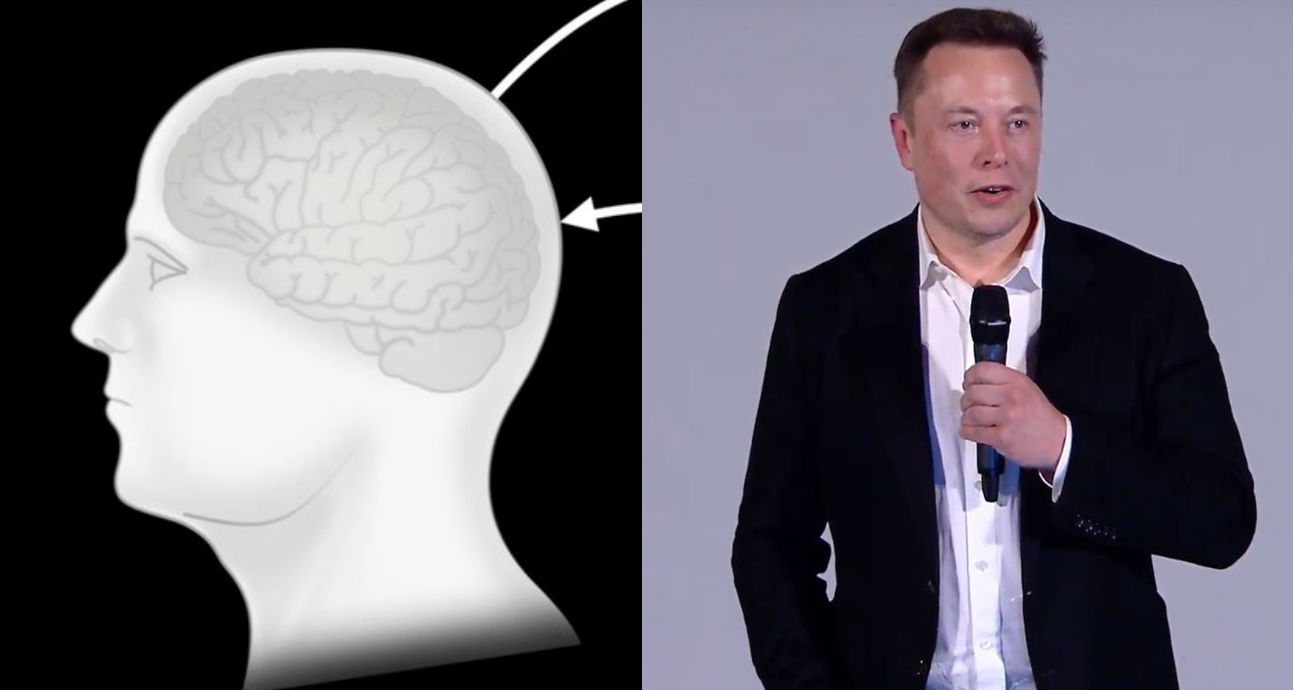
Elon Musk is looking for some good engineers to work for his brain-machine interface company, Neuralink. The forward-looking CEO has commented on Twitter in recent days regarding the search, including providing a direct email to send resumes of qualified applicants.
If you have solved difficult problems with phones / portable devices (sealing, signal processing, inductive charging, power management, etc.), consider working on [email protected]”he wrote.” Troubleshooting high-volume, high-reliability, and low-cost production problems is especially valued. “
On the Neuralink job board, the listings provide a little more information about the specific positions available. The titles of electrical engineers, embedded systems, firmware, microfabrication, and software appear to be most relevant to Musk’s comments. However, given the interdisciplinary nature of Neuralink’s mission, all positions are likely to contribute somewhat to the wearable technology challenges cited. The most consistent feature desired in applicant applicants, based on job descriptions? “Find exciting big challenges and enjoy discovering and defining problems as much as solving them.”
If you have solved difficult problems with phones / portable devices (sealing, signal processing, inductive charging, power management, etc.), consider working on [email protected]
– Elon Musk (@elonmusk) July 18, 2020
Musk began his involvement with Neuralink in 2016, and although his goals are high, since then only a few ideas have been given about the company’s work. Last year, a “white paper” was released alongside a live-streamed presentation in which viewers received exciting insights into the biotech company’s progress. In particular, a surgical robot is being developed to insert electrodes into the brain along with flexible “wires” that measure between 4 and 6 μm, or about 1/3 the diameter of human hair, capable of transferring large volumes of data from the brain. . Neuralink currently has four published patent applications that expand on the details of the technology filed.

Musk has sparked even more breakthroughs that will be revealed soon. “Wait until you see the next version versus what was presented last year. It’s * amazing *, ”he tweeted in February this year. “The profound impact of high-bandwidth, high-precision neural interfaces is underestimated. Neuralink can have this on a human as early as this year. It just needs to be unequivocally better than the Utah Array, which is already found in some humans and has serious drawbacks. “
The technology being developed is not intended to awaken visions of humanoid dystopias: the goals are focused on health. Neuralink may help combat brain-related health problems in people who are neurologically compromised, possibly by restoring limb function, improving general movement, solving vision and hearing problems, and helping with conditions like Parkinson’s. There’s also the possibility that deploying a Neuralink device in a brain may pave the way to hamper brain problems like epilepsy, Alzheimer’s disease, and stroke.
Musk’s presentation last year was primarily intended to inspire and invite interested people to join Neuralink, and this year’s update is scheduled for August 28. Also announced along with the date was a mission statement for the high-goal biotech company: If you can’t beat them, join them.
Talking seriously. Musk wants you to join Neuralink if you have the experience they need.